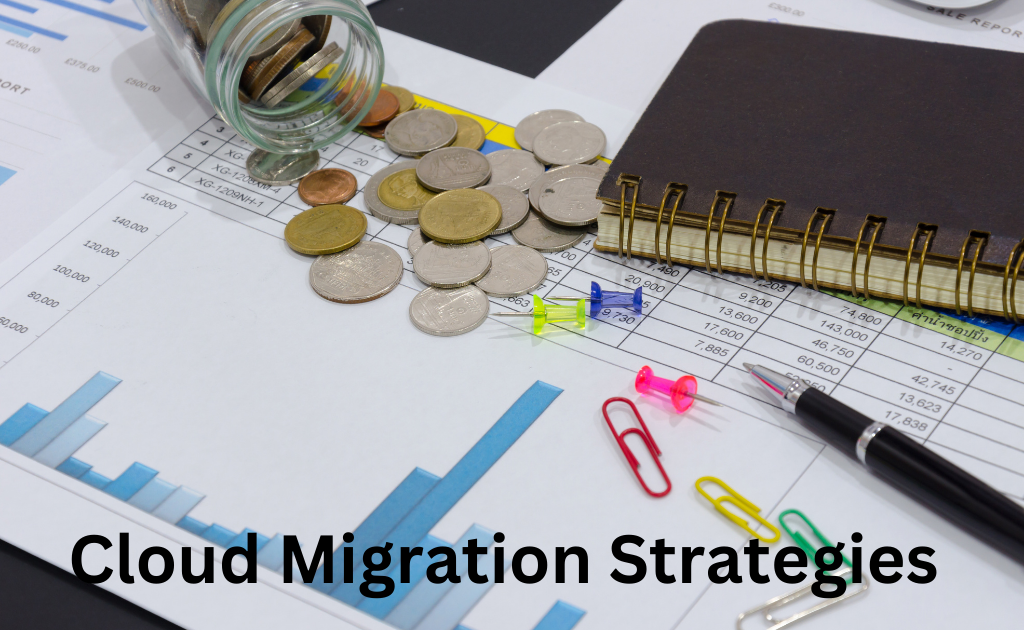
Cloud migration strategy is a big step for many businesses. Moving from on-premises infrastructure to the cloud can bring numerous benefits, such as cost savings, flexibility, and enhanced performance. However, to achieve a smooth transition, it’s essential to have a solid strategy in place. Here, we discuss the top cloud migration strategies that ensure a seamless transition.
1. What is Cloud Migration?
Cloud migration refers to the process of transferring data, applications, and workloads from on-premises servers to cloud-based services. This transition can be challenging, but with the right strategies, it can be managed effectively. For more details, check our article on Understanding Cloud Migration.
2. What Are the Benefits of Cloud Migration?
Migrating to the cloud offers several advantages:
- Cost Savings: Pay-as-you-go models reduce hardware costs.
- Scalability: Easily scale resources up or down based on needs.
- Accessibility: Access data and applications from anywhere.
For a deeper look at the benefits of cloud migration, visit Benefits of Cloud Computing.
3. Top Cloud Migration Strategies
a. Assess Your Current Infrastructure
Before migrating, evaluate your current systems. Understand which applications and data you need to move. Create an inventory of your assets. This will help you identify potential challenges.
b. Choose the Right Migration Strategy
There are several migration strategies, including:
- Lift and Shift: Move applications without changes.
- Refactoring: Modify applications for the cloud.
- Rebuilding: Develop new applications in the cloud.
Selecting the right strategy is crucial. For more on this, read our guide on Choosing the Right Migration Strategy.
c. Ensure Data Security
Security is a top priority. Protect sensitive data during migration. Implement encryption and secure access controls. Regularly monitor your cloud environment for threats.
d. Plan for Downtime
Downtime can impact business operations. Schedule migrations during off-peak hours. Communicate with your team about the plan to minimize disruptions.
e. Test and Validate After Migration
Once the migration is complete, test everything. Ensure applications run smoothly and data is intact. Gather feedback from users to identify any issues.
4. How Can You Overcome Common Migration Challenges?
Common challenges include:
- Data Loss: Implement backup solutions before migration.
- Incompatible Applications: Assess compatibility during the planning phase.
- Budget Overruns: Set a budget and track expenses closely.
For tips on overcoming these challenges, check our article on Common Cloud Migration Mistakes.
5. Which Tools Can Help with Cloud Migration?
Several tools can assist with cloud migration, including:
- AWS Migration Hub: A central location to track application migrations.
- Google Cloud Migrate: Simplifies moving applications to Google Cloud.
- Azure Migrate: Helps with assessing and migrating to Microsoft Azure.
For more information on these tools, refer to their official documentation: AWS Migration Hub, Google Cloud Migrate, and Azure Migrate.
Conclusion
Migrating to the cloud doesn’t have to be overwhelming. By following these top strategies, you can ensure a seamless transition. Remember to assess your current infrastructure, choose the right strategy, prioritize security, plan for downtime, and test after migration.
For more insights on cloud consulting, visit Cloud Shift and check out our resources. If you have more questions about cloud migration, feel free to reach out!
References
